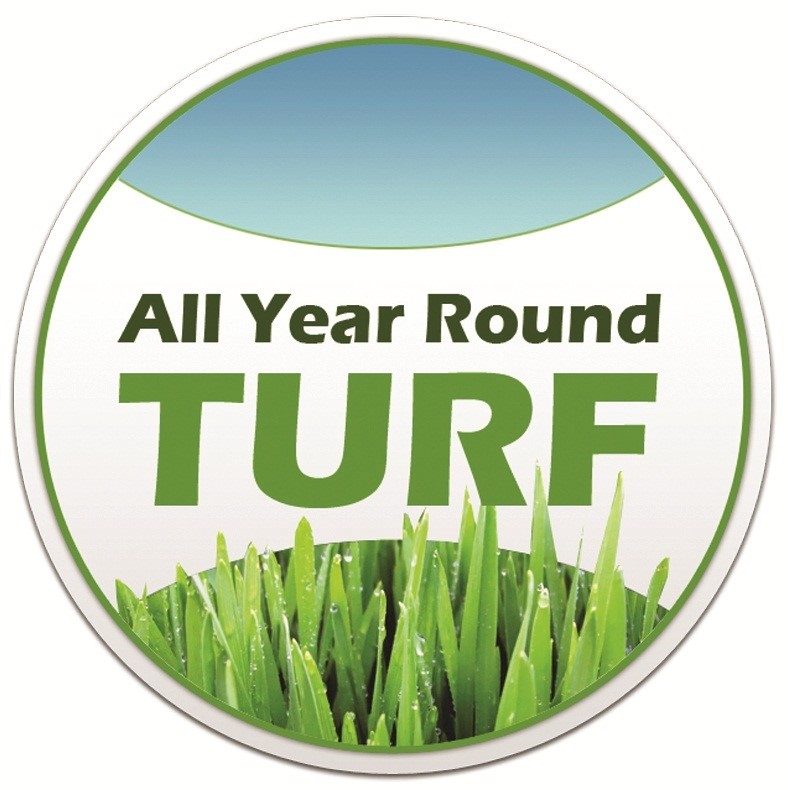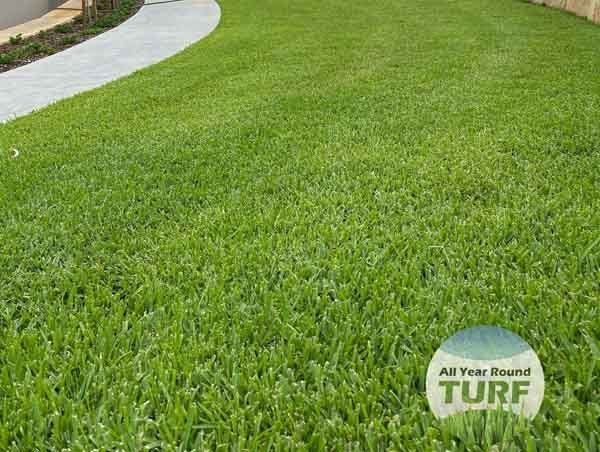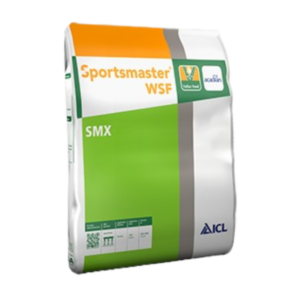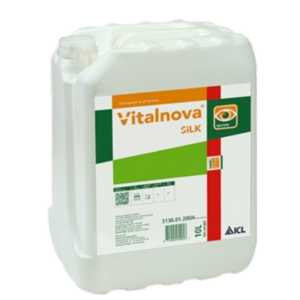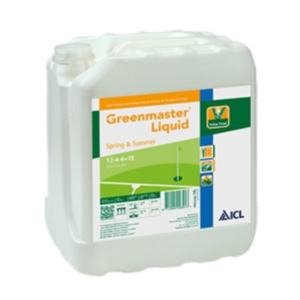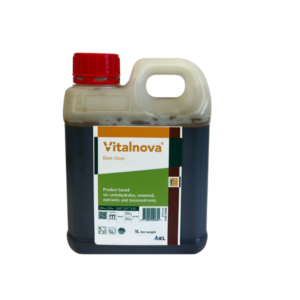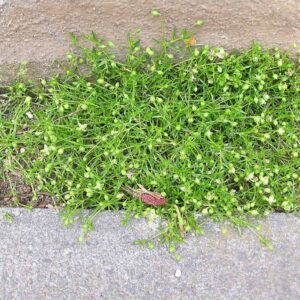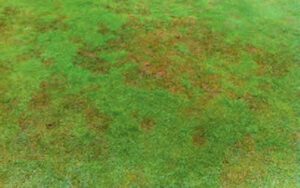Buffalo grass varieties are well-documented for their suitability to the Australian climate. Known for its robustness, Buffalo grass maintains vibrant color year-round and requires minimal water, making it a top choice for both commercial spaces, such as sports fields and public areas, and domestic lawns across Australia.
Fascinatingly, fossil evidence traces early forms of Buffalo grass back seven million years, though the varieties we are familiar with today originated in the Americas.
The scientific name, *Bouteloua dactyloides*, might not be familiar to most homeowners. In Australia, Buffalo hybrids are often known by their varietal names, such as Sapphire Buffalo, Sir Walter, or Prestige Buffalo.
Modern soft-leaf Buffalo hybrids are designed to thrive year-round. Their extensive runner system ensures quick recovery, and their dense foliage helps to outcompete most weeds, resulting in a healthier lawn with less maintenance.
Buffalo Grass Key Features
– High Drought Tolerance: Buffalo grass is highly valued for its drought tolerance, thanks to its low water needs. Compared to other warm-season grasses like Couch and Kikuyu, Buffalo grass retains its color and condition better during dry periods. However, it’s important to note that while drought-tolerant, it is not drought-resistant. During hot Australian summers, water your Buffalo grass at least once a week, adhering to local water restrictions, to keep it in peak condition.
– Salt Tolerance: Buffalo grass also boasts impressive salt tolerance, making it a popular choice for coastal suburbs and properties with swimming pools. Researchers suggest that Buffalo’s large root system might contribute to its resilience in saline soils. Nevertheless, Buffalo is not salt-resistant, so avoid using salt water for irrigation and quickly rinse off any pool spills with fresh water to prevent damage.
– Shade Tolerance: Buffalo grass is renowned for its shade tolerance. For instance, Sapphire Soft Leaf Buffalo can thrive with up to 70% shade, while Prestige and Palmetto varieties handle 60-70% shade. Despite its impressive shade tolerance, Buffalo grass still needs some direct sunlight for photosynthesis. When planning your lawn, assess shading from awnings, fences, trees, and neighboring properties throughout the day, especially noting the lower sun path during winter months.
– Wear Tolerance: One of Buffalo grass’s standout features is its high wear tolerance. The grass forms a thick, resilient mat that recovers swiftly from heavy foot traffic and pets. Its aggressive growth and broadleaf structure contribute to its durability.
– Dark Green Color: With regular care, Buffalo grass can develop into a lush, vibrant green lawn. This color can be enhanced with liquid iron products from reputable suppliers. Buffalo grass also has excellent winter color retention, suffering less from dormancy compared to some other warm-season grasses. During severe frosts, some Couch varieties can turn brown and dry up, but Buffalo remains green and healthy.
Best Planting Time
Buffalo grass is active in spring, which reduces the time needed for the grass to establish and form a solid mat. However, due to its resistance to winter dormancy, Buffalo can be planted throughout the year. Its resilience to drought and cold makes it a suitable choice for installation across Australia.
Any questions, please call the professionals at All Year Rond Turf on 1300 887 348 .
-
WSF Seaweed SMX 1kg
Rated 0 out of 5$59.50 -
Vitalnova Silk 10L
Rated 0 out of 5$204.50 -
Greenmaster Liquid - Spring & Summer 10L
Rated 0 out of 5$95.50 -
Vitalnova Blade 1L
Rated 0 out of 5$34.50
